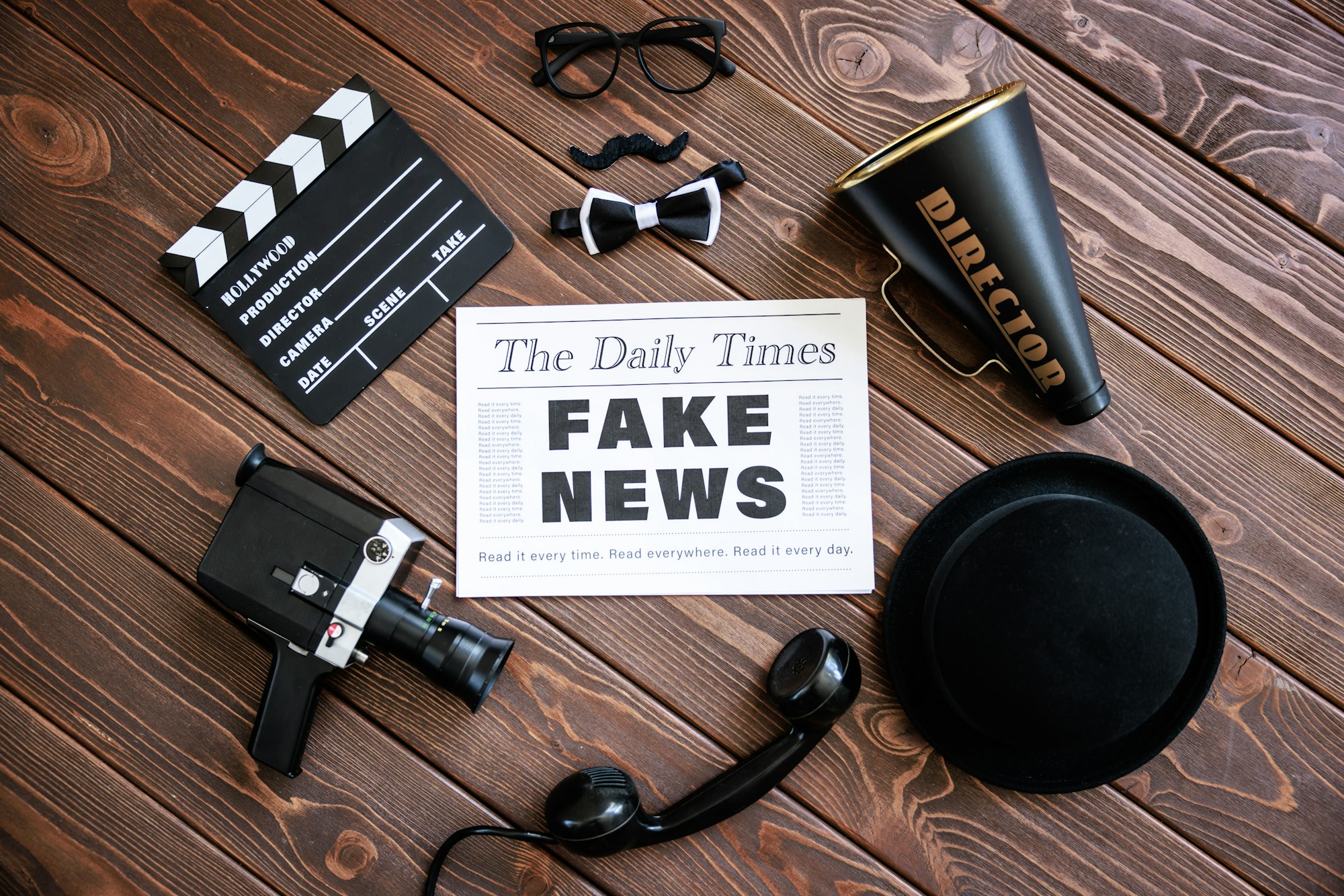Artificial intelligence (AI) has transformed our world in many ways, but there’s a new problem on the rise—its role in creating and spreading fake news. A survey highlighted in The Guardian reveals that AI is making it easier to generate false information, and this is having a big impact on society. In this blog post, we’ll explore how AI is fueling fake news, the dangers of AI-generated disinformation, and the challenges we face. We’ll also discuss possible solutions and answer common questions about this growing issue.

How AI is Fueling the New Wave of Fake News
AI tools, like ChatGPT and other language models, can now create human-like content with ease. While this technology is great for things like writing and customer service, it can also be misused to generate fake news.
Here’s why AI is driving this new surge of disinformation:
- Mass Production: AI can generate huge amounts of fake news in no time, allowing bad actors to overwhelm social media and news platforms with false information.
- Realistic Content: AI-generated content, including text, images, and deepfake videos, is becoming so realistic that it’s hard for people to tell what’s real and what’s not.
- Targeted Messaging: AI can customize fake news to appeal to specific audiences, making it more believable and easier to spread within certain online communities or echo chambers.
The New Dangers of AI-Generated Fake News
AI-driven disinformation isn’t just an inconvenience—it can have serious consequences. Here are a few of the biggest dangers:
- Loss of Trust in Media: As AI-generated fake news spreads, it becomes harder for people to trust the information they see online. This makes it more difficult to separate fact from fiction.
- Political Manipulation: Fake news has already been linked to election interference. When people are misled by false information, it can create political chaos and even threaten democracy.
- Economic Damage: Businesses and financial markets are also at risk. AI-generated fake news can harm a company’s reputation or manipulate stock prices, creating financial losses before the truth is discovered.
- Social Division: Fake news often spreads content that deepens divides between different groups, making it easier for disinformation campaigns to stir up conflict and misunderstanding.
How AI Can Help Fight This New Form of Fake News
Although AI contributes to the problem, it can also be used to combat fake news. Here’s how AI-driven tools can help:
- Fact-Checking Support: AI can assist fact-checkers by quickly scanning large amounts of content and identifying signs of disinformation. These tools can analyze news articles, social media posts, and videos to flag suspicious content.
- Deepfake Detection: AI is also useful for spotting deepfake videos by analyzing inconsistencies in voice, facial movements, and other details that might indicate manipulation.
- Content Moderation: Social media platforms can use AI to automatically detect and remove fake news before it spreads. However, this needs to be done carefully to avoid accidentally censoring legitimate content.
- User Education: AI tools can help educate the public about fake news. For instance, they can provide real-time alerts about questionable information sources and help users spot signs of disinformation.
What We Can Do About This New AI-Driven Fake News Problem
Tackling AI-driven fake news requires cooperation between governments, tech companies, and the public. Here are a few strategies that could help:
- Government Regulations: Governments need to create and enforce laws that hold those who spread fake news accountable. There’s also increasing interest in regulating AI technologies to prevent misuse.
- AI Transparency: Tech companies should be open about how their AI systems work, especially when it comes to content generation and moderation. By being more transparent, it could become harder to use AI for harmful purposes.
- Public Education: People need to be aware of how AI can be used to spread fake news. Public awareness campaigns should teach users how to critically evaluate what they read and how to recognize false information.
- Collaborative Efforts: Governments, tech companies, and fact-checkers should work together to reduce disinformation. By combining their efforts, they can develop better strategies to detect and stop the spread of fake news.
Conclusion
The rise of AI-generated content has introduced a new wave of fake news that threatens public trust, political stability, and social harmony. While AI-driven solutions offer hope in combating disinformation, it’s clear that a mix of regulation, public awareness, and responsible AI development is essential to address this growing problem in the digital age.

FAQs on The New Threat of Fake News and AI
1. How does AI create fake news?
AI can generate fake news using language models and other tools that produce content indistinguishable from that written by humans. These tools can create realistic and convincing articles, social media posts, and even fake videos, known as deepfakes. AI’s ability to produce vast amounts of content quickly allows it to spread disinformation on a large scale.
2. What can be done to prevent AI from spreading fake news?
Preventing AI from spreading fake news involves several strategies:
- Regulation: Governments can introduce and enforce regulations to hold creators and distributors of fake news accountable.
- Technology Solutions: Tech companies can develop AI-driven tools to detect and flag fake content, including deepfakes and tailored disinformation.
- Education: Educating the public about recognizing and questioning the credibility of the information they consume is crucial. This includes understanding the sources and potential biases of the content they encounter online.
3. Are there any positive uses of AI in the fight against fake news?
Yes, AI can play a positive role in combating fake news. AI tools help in fact-checking by analyzing large datasets to find inconsistencies and signs of disinformation. They can also automate the moderation of content on social media platforms, quickly identifying and removing or flagging false information. Additionally, AI can support the creation of educational tools that help people learn how to identify and combat fake news.
Sources The Guardian


